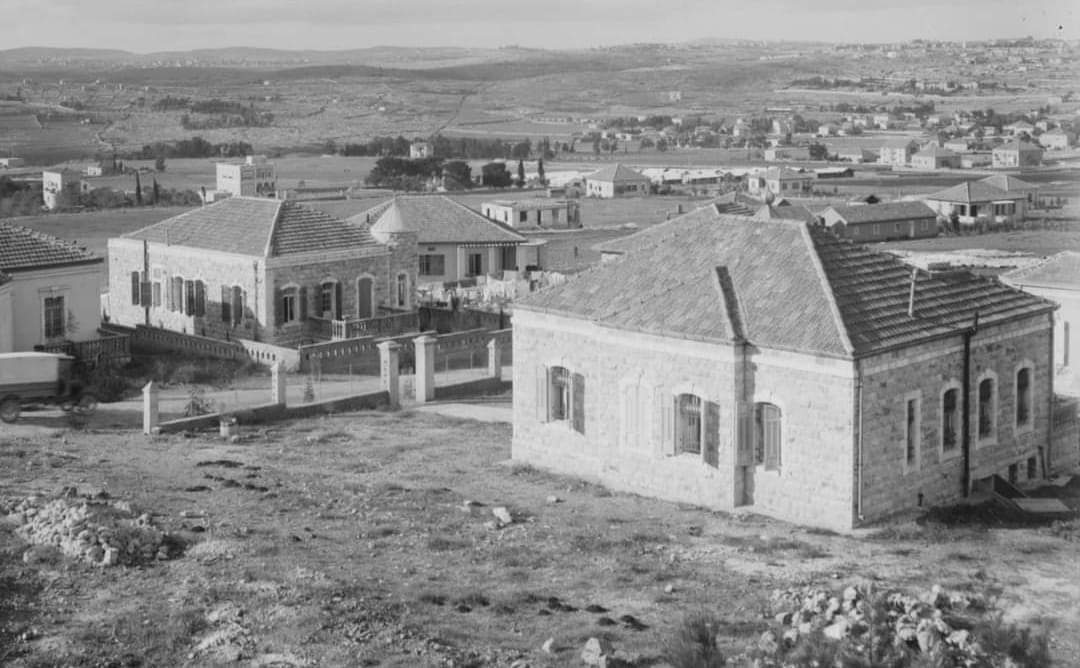
The STORY
Meir Gur-Arie
Meir Gur Arie was born Meir Gorodetsky (Horodetzky) in Bobruisk, Russia (now Belarus) to a Hasidic family. After studying art in Russia, he was invited to continue his studies at the Bezalel Academy in Jerusalem. After immigrating to Israel, his family changed its name to "Gur Arie". After completing his studies, he was appointed head of the department of drawing, ivory and amulets at the school.
After completing his studies, he was appointed head of the department of drawing, ivory and amulets at the school.
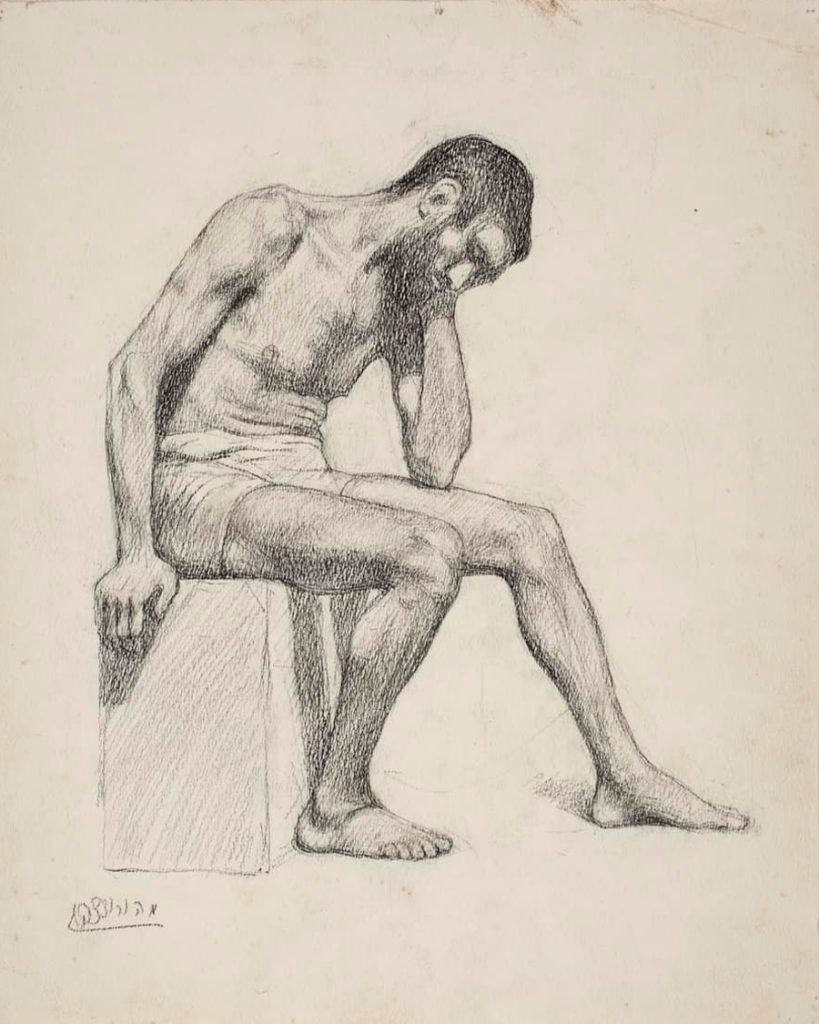
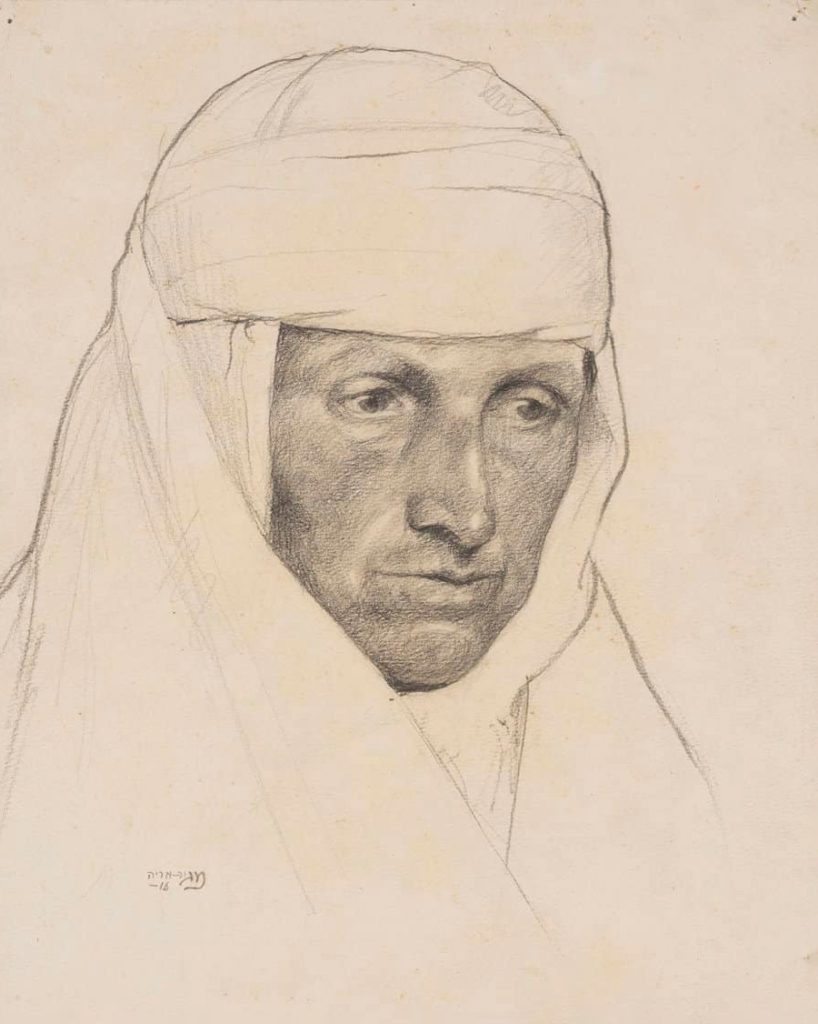
the house
He was a member of the Menorah group and one of the founders of the Hebrew Artists Association in 1920, and served for a period of time as its secretary. In 1923, he founded with Ze'ev Raban the "House of Work for Industrial Art". Among the well-known works created in this framework were the decorations for the YMCA building in Jerusalem.
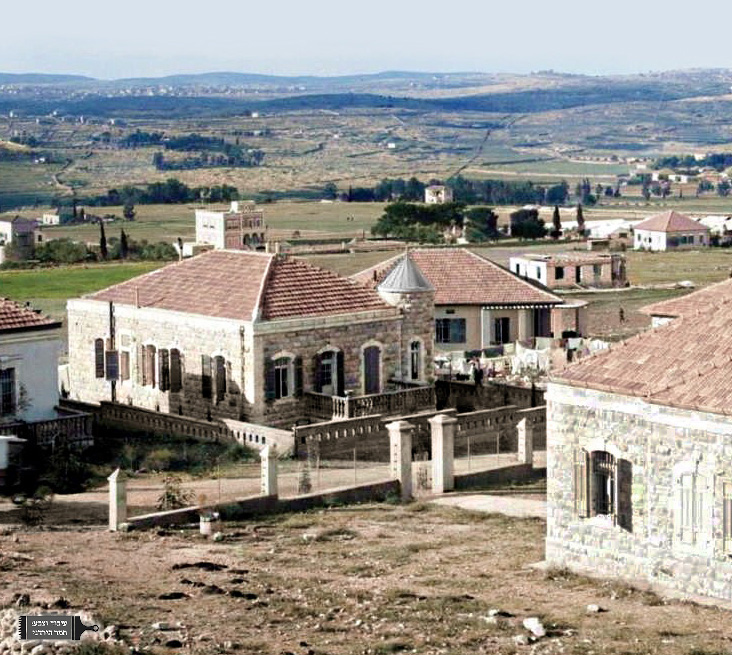
Herzl Street
Herzl Street – now Kore HaDorot – was once the main road of old Talpiot. While today, nearly every Israeli city features a road named after Theodore Herzl, during the British mandate Jerusalem was an outlier. In the 1920s, there was an attempt by some city council members to name the road connecting King George Street and Jaffa Street after Herzl, but ultimately council members settled on a less political figure of national importance: Ben Yehuda. Some postulate that since Talpiot was beyond the borders of Mandatory Palestine, it was possible to grant the name “Herzl” to one of its streets without risking political upset.
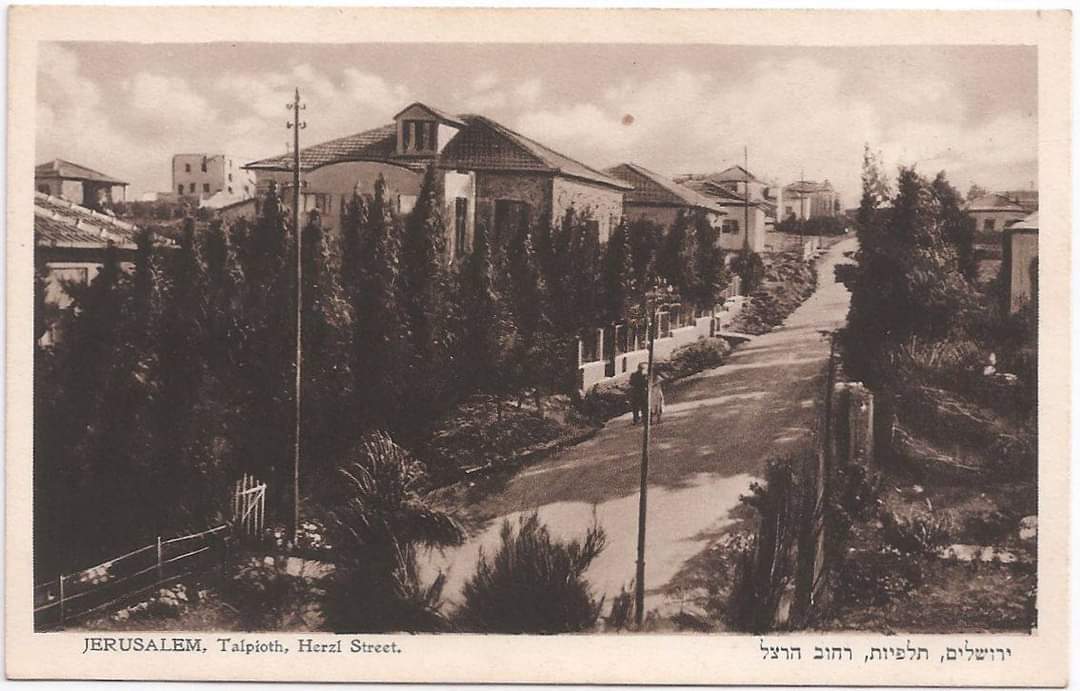
Jerusalem, Telpiot, Herzl St
Postcard from the 1920s, Published by the Cohen brothers
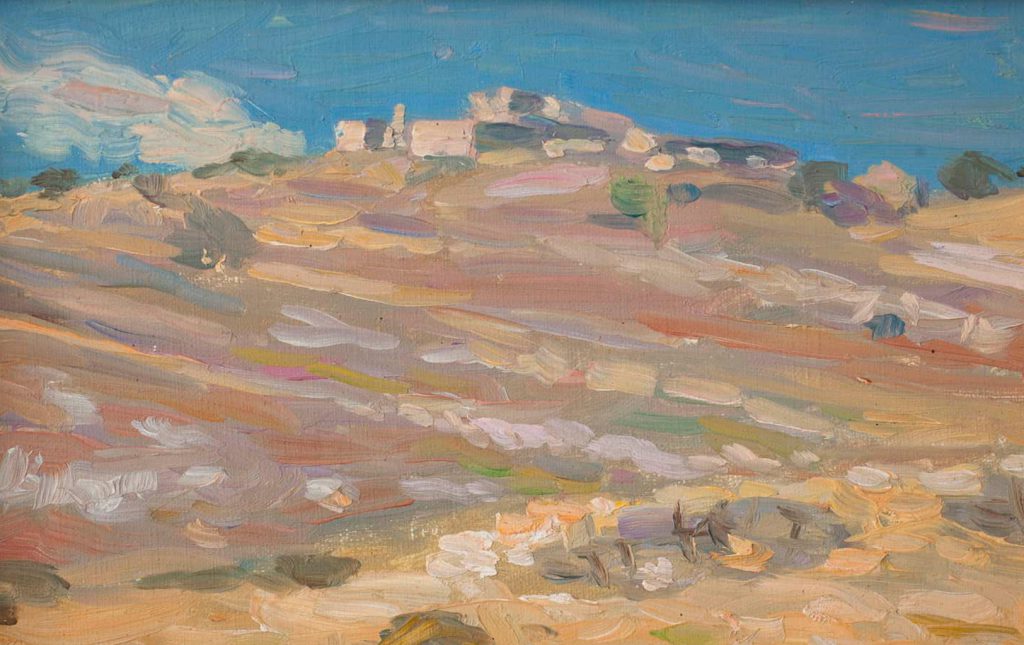
The Name “Kore HaDorot”
The generations reader
Why then change the name of Herzl Street to Kore HaDorot? After Israel’s independence in 1948, outlying Jerusalem neighborhoods – including Talpiot, Beit HaKerem, and Bayit VeGan – were subsumed into the Jerusalem municipality. Jerusalem’s first mayor, Daniel Oster, led an attempt to rename Jaffa Street as Herzl Street. The change lasted for only a year, and locals voiced their disapproval by simply continuing to call the road Jaffa Street! The city council followed suit, and gave Herzl’s name instead to the main road connecting the entrance of the city to Herzl’s final resting place. It was at this point that Herzl Street in Talpiot required a new name, and became Kore HaDorot as it is known until today. This new name was adopted from the title of an iconic book by Rabbi David Conforte, a Salonicain Jew, and a dissident of the expelled Spanish Jewry. The chronicle is an account of eleven generations of Spanish rabbinical activity, before, during, and after the Spanish Jewish expulsion. Rabbi Conforte himself lived in Jerusalem during the years 1648-1646. The name of the road is unique in a neighborhood where many of its roads are named after Israeli landmarks, such as Ein Gedi, Yam HaMelach, and Beit HaAravah.
Today, Kore HaDorot is part of the Arnona neighborhood, and no longer part of Talpiot. After the Mandatory period, Talpiot’s desirability dropped considerably due to the founding of a ma’abarah (immigrant absorption camp.) The local residents east of Derech Hevron started to affiliate with Arnona, and Talpiot became an industrial zone. Arnona remains associated with quality living and luxury, a well-deserved reputation.